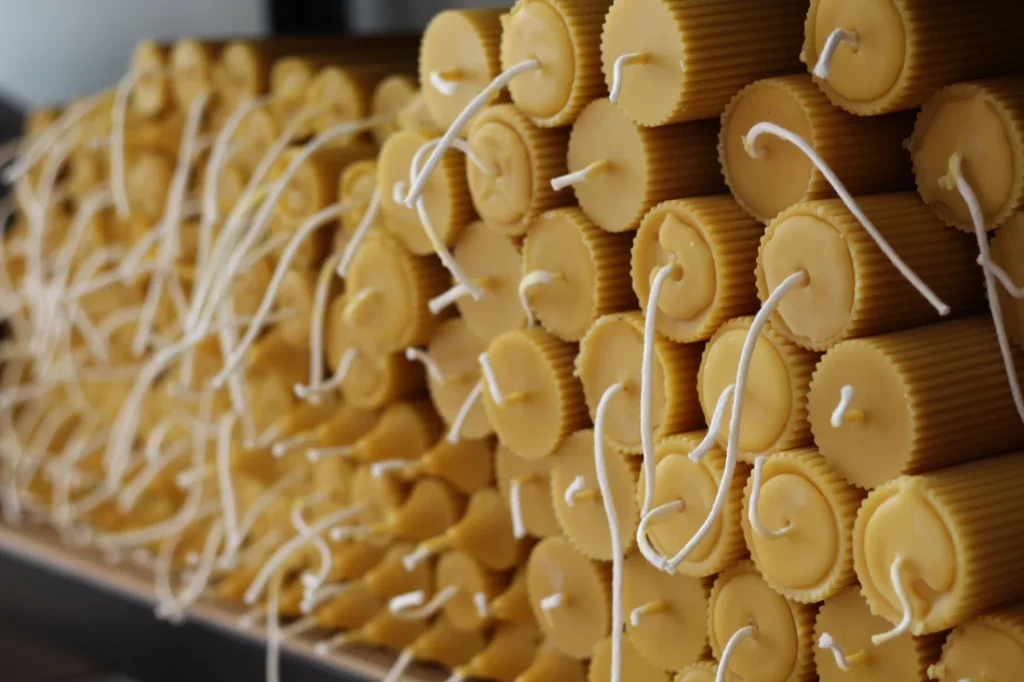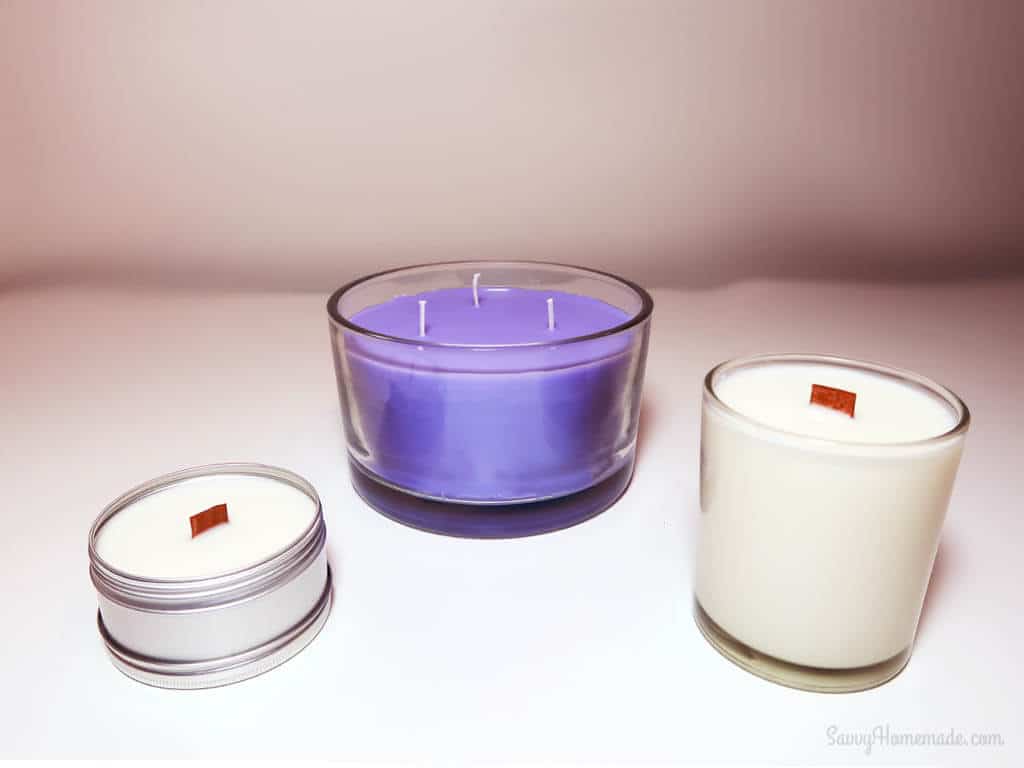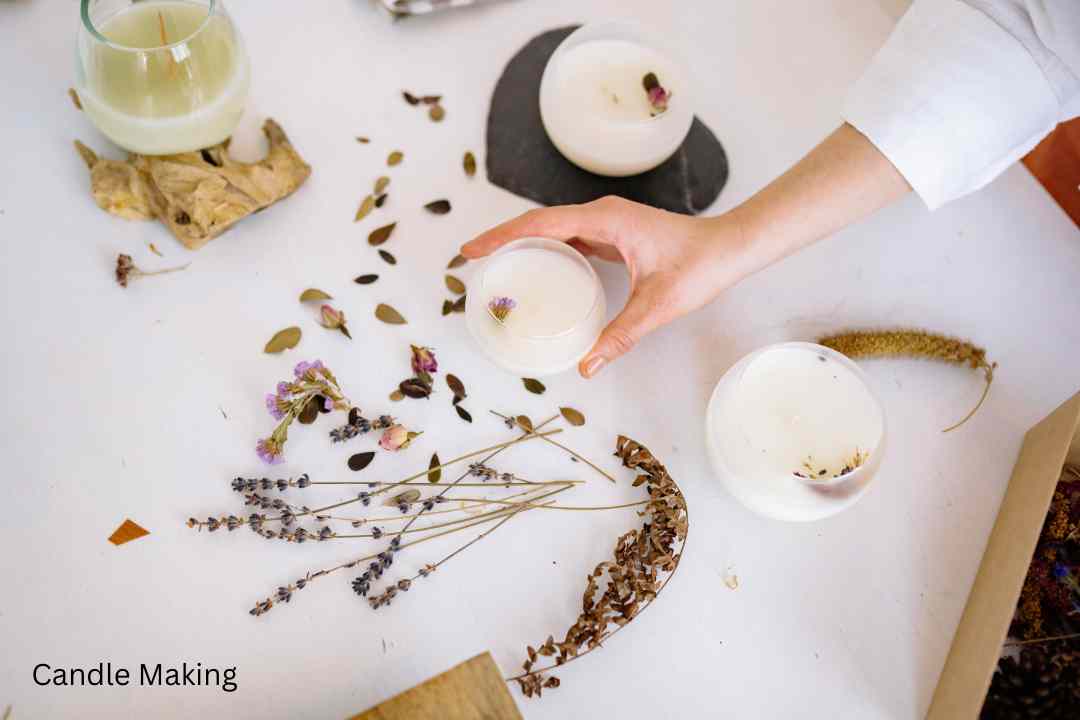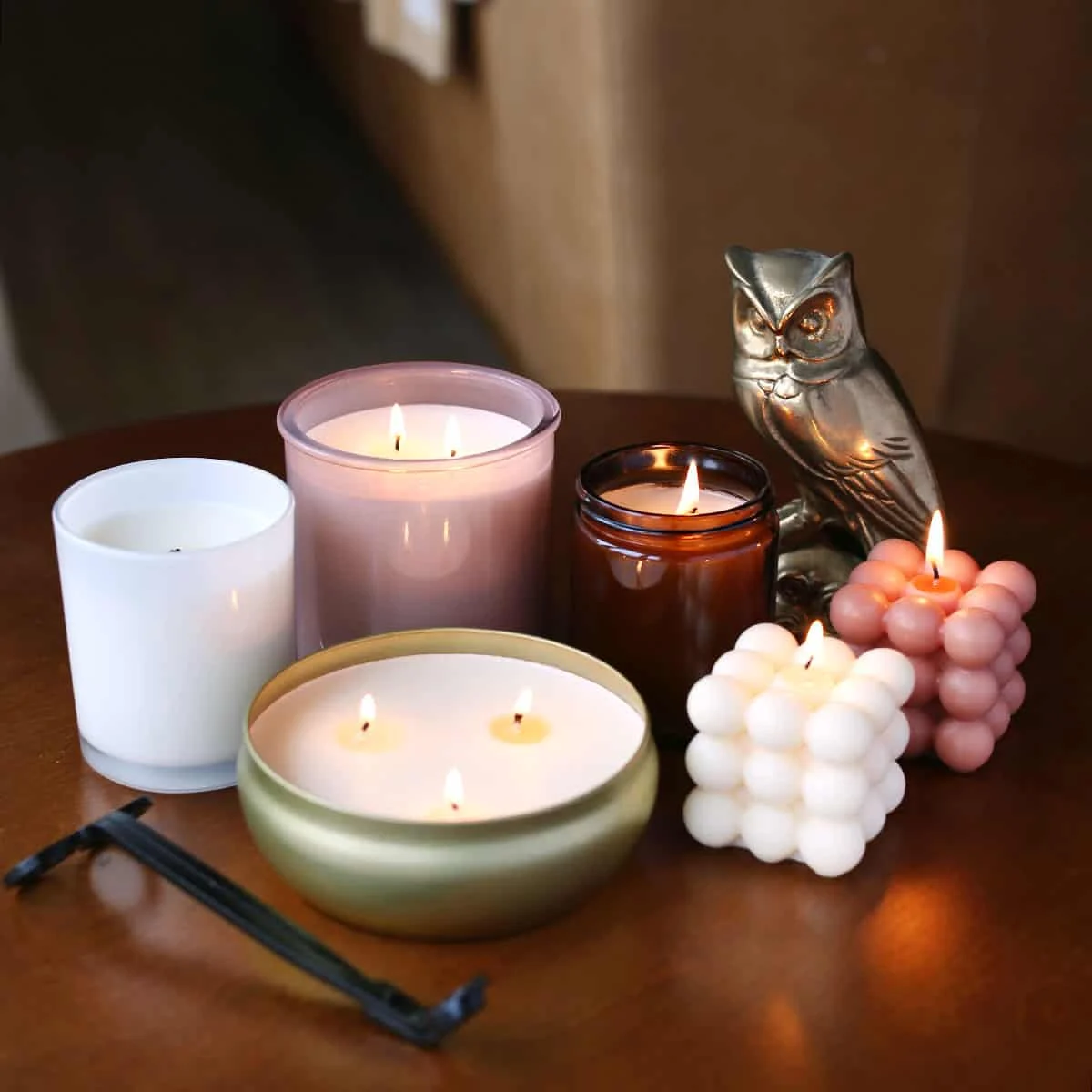How to Choose the Right Candle Wicks for Your Candles
Candle making is a popular hobby and craft that allows individuals to create personalized and unique candles for various purposes. One crucial aspect of candle making is choosing the right candle wicks. While often overlooked, candle wicks play a vital role in the performance and overall quality of the candle. Understanding the different types of wicks available and knowing how to select the right one can greatly enhance your candle making experience. In this article, we will explore the importance of candle wicks, the different types available, factors to consider when choosing wicks, and common mistakes to avoid.
Understanding the Importance of Candle Wicks
When it comes to candle wicks, the material they are made of can also impact their performance. Common wick materials include cotton, wood, and hemp. Cotton wicks are known for their clean burn, while wood wicks offer a unique crackling sound and aesthetic appeal. Hemp wicks are eco-friendly and known for their slow burn rate.
The Role of Wicks in Candle Making
Wicks serve as the gateway for the flame to reach the wax and provide the necessary fuel for the candle to burn. They play a crucial role in regulating the size and intensity of the flame, ensuring a steady and even burn throughout the candle’s lifespan. A properly selected wick will prevent tunneling, uneven melting, and excessive smoke.

How Wicks Affect Candle Performance
The size and type of wick used significantly impact the performance of a candle. A wick that is too small may result in poor fragrance throw and uneven burning, while a wick that is too large can lead to excessive smoke and soot. The choice of wick also determines how quickly the candle will burn, the size of the melted wax pool, and the overall longevity of the candle.
Aside from size and material, the wick’s construction also plays a role in candle performance. Some wicks are braided or twisted, which can affect how they burn. Braided wicks tend to curl while burning, which can help with self-trimming and reducing carbon buildup. Twisted wicks are known for their rigidity and ability to stay upright in the wax. Learn more about carbon at https://scied.ucar.edu/learning-zone/how-climate-works/carbon-dioxide
Different Types of Candle Wicks
Cotton Wicks
Cotton wicks are the most widely used type of wicks in candle making. They are known for their reliability, versatility, and ability to hold up well in different types of waxes. Cotton wicks come in various sizes and thicknesses, allowing for customization based on the specific candle size and desired burn performance.
One of the key advantages of cotton wicks is their consistent and steady burn. They are ideal for container candles and pillars, providing a reliable flame that doesn’t flicker or smoke excessively. Cotton wicks are also easy to work with, making them a favorite among beginners and experienced candle makers alike. Whether you’re creating scented candles for relaxation or decorative candles for special occasions, cotton wicks are a dependable choice.
Wood Wicks
Wood wicks offer a unique and aesthetic appeal to candles. They create a distinctive crackling sound reminiscent of a cozy fireplace, enhancing the overall sensory experience. Wood wicks work well in soy and coconut wax blends and provide a slower burn rate. Additionally, they require proper trimming to ensure optimal performance.
When using wood wicks, it’s essential to consider the type of wood and its impact on the burning characteristics of the candle. Different woods can produce varying crackling sounds and burn rates, allowing for customization based on personal preferences. Wood wicks are perfect for creating a warm and inviting ambiance, making them popular choices for scented candles designed to evoke feelings of comfort and tranquility.
Hemp Wicks
Hemp wicks are an eco-friendly alternative for candle makers seeking sustainable options. Made from natural hemp fibers, these wicks are free from harmful chemicals and additives. Hemp wicks are known for their clean burn and ability to handle large diameter candles. They are particularly suitable for beeswax and other natural waxes. Click here to learn more about harmful chemicals.
In addition to their eco-friendly nature, hemp wicks are also valued for their minimal soot production. This makes them an excellent choice for clean-burning candles that promote a healthier indoor environment. Hemp wicks are sturdy and offer a consistent burn, making them suitable for long-lasting candles that provide hours of enjoyment. Whether you’re crafting candles for personal use or as gifts for loved ones, hemp wicks are a sustainable and reliable option to consider.
Factors to Consider When Choosing Candle Wicks
The Size of the Candle
When selecting a wick, it is crucial to consider the size of the candle. A larger candle requires a thicker and more substantial wick to provide an even burn and prevent tunneling. Conversely, a smaller candle will need a thinner and shorter wick to avoid excessive smoke and uneven melting.
Moreover, the shape of the candle can also impact the choice of wick. Candles with irregular shapes or multiple wicks may require specialized wicks to ensure an even burn across all areas. It’s essential to assess not only the size but also the unique design elements of the candle when selecting the appropriate wick for optimal performance.
The Type of Wax Used
The type of wax used in candle making also plays a role in determining the appropriate wick. Different waxes have varying melting points and burning characteristics. For example, soy wax often requires a larger wick size compared to paraffin wax. Understanding the characteristics of the wax used will help in selecting the right wick for optimal performance.
Additionally, the source of the wax, whether natural or synthetic, can influence the wick selection process. Natural waxes like beeswax or palm wax may require different wick considerations compared to synthetic blends. It’s essential to take into account not just the type of wax but also its origin when choosing the ideal wick for your candles.
The Scent and Color of the Candle
The scent and colorants added to candles can affect the burning characteristics and wick requirements. Fragrance oils or dyes with a higher flashpoint may require a larger wick to maintain a steady burn. It is crucial to consider these factors to prevent issues such as poor scent throw and discoloration.
Furthermore, the density of the colorants used in the candle can impact wick performance. Darker colored candles may require a different wick choice than lighter ones to ensure an even and consistent burn. Taking into consideration both the type and concentration of additives in the candle will help in selecting the most suitable wick for a visually appealing and fragrant burning experience.
Common Mistakes to Avoid When Choosing Candle Wicks
Choosing the Wrong Size
One common mistake in candle making is selecting the wrong wick size. Using a wick that is too small can cause the candle to tunnel, leaving a significant amount of unused wax on the sides. Conversely, a wick that is too large can lead to excessive smoking and soot buildup. It is important to test different wick sizes to find the ideal fit for your specific candle.
Ignoring the Wax Type
Each wax type has its unique burning characteristics, and selecting a wick without considering the wax used can result in poor performance. Understanding how different wicks interact with specific waxes will help you achieve the desired burn qualities, such as consistent melting and even distribution of fragrance.

Overlooking the Wick’s Material
The choice of wick material can greatly impact a candle’s burn performance. Certain wick materials may not work well with certain waxes or fragrances, resulting in issues like excessive smoking or poor scent throw. It is essential to consider the compatibility between the wick material and the other components of the candle to achieve the best results.
When it comes to choosing the perfect wick for your candle, there are a few additional factors to keep in mind. One important consideration is the shape of the wick. Different candle shapes, such as pillars, containers, or tapers, require different wick shapes to ensure optimal burning. For example, a flat wick is typically used for container candles, while a square braid wick is more suitable for pillar candles.
Another aspect to consider is the burn rate of the wick. The burn rate refers to how quickly the wick consumes the wax. It is crucial to select a wick with the appropriate burn rate for the size of your candle. If the wick burns too quickly, it may result in a short-lived candle, while a wick that burns too slowly can lead to a tunneling effect.
In conclusion, the selection of candle wicks is a critical aspect of successful candle making. By understanding the importance of wicks, exploring the different types available, considering key factors such as size, wax type, wick material, shape, and burn rate, and avoiding common mistakes, you can ensure that your candles burn beautifully and provide a delightful experience for you and your customers.
Other resources: A Guide to Candle Wick Supplies for DIY Projects




